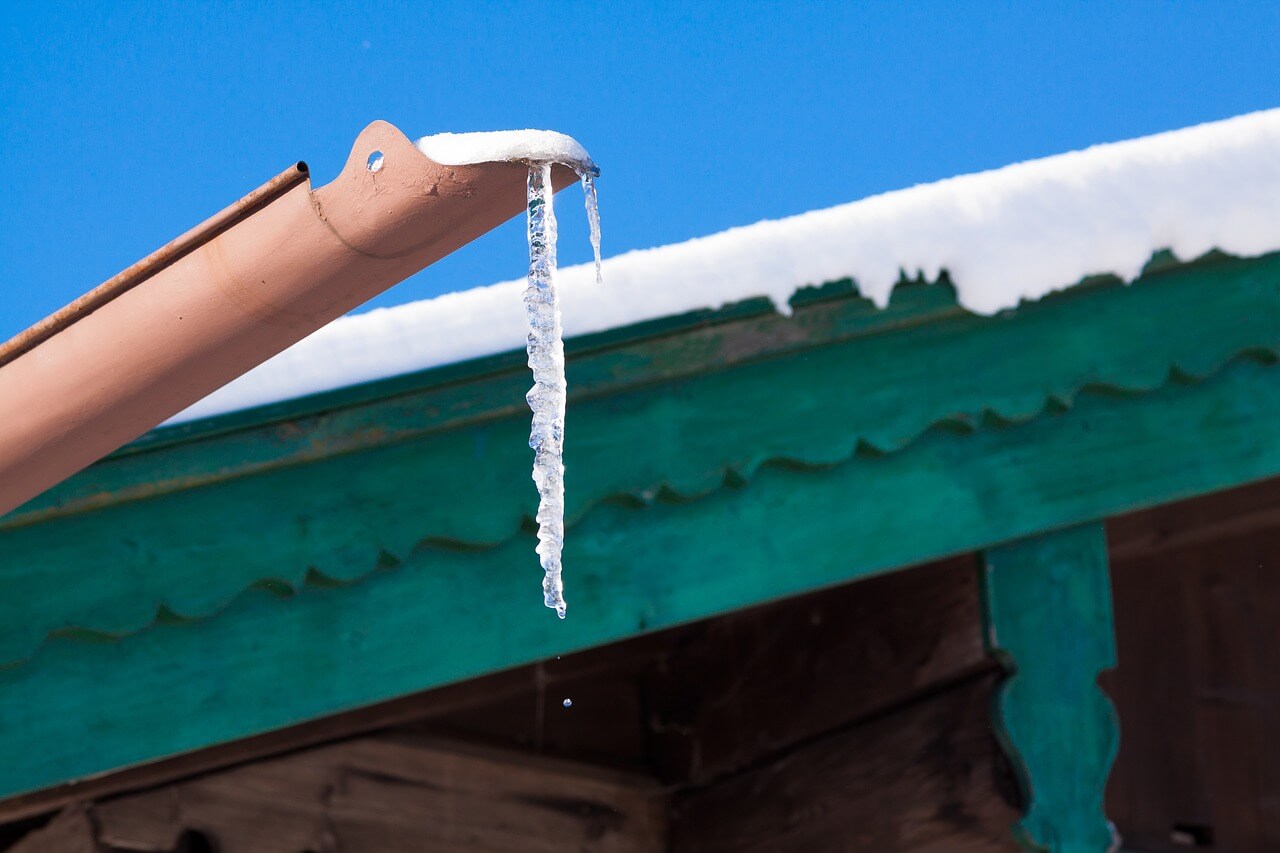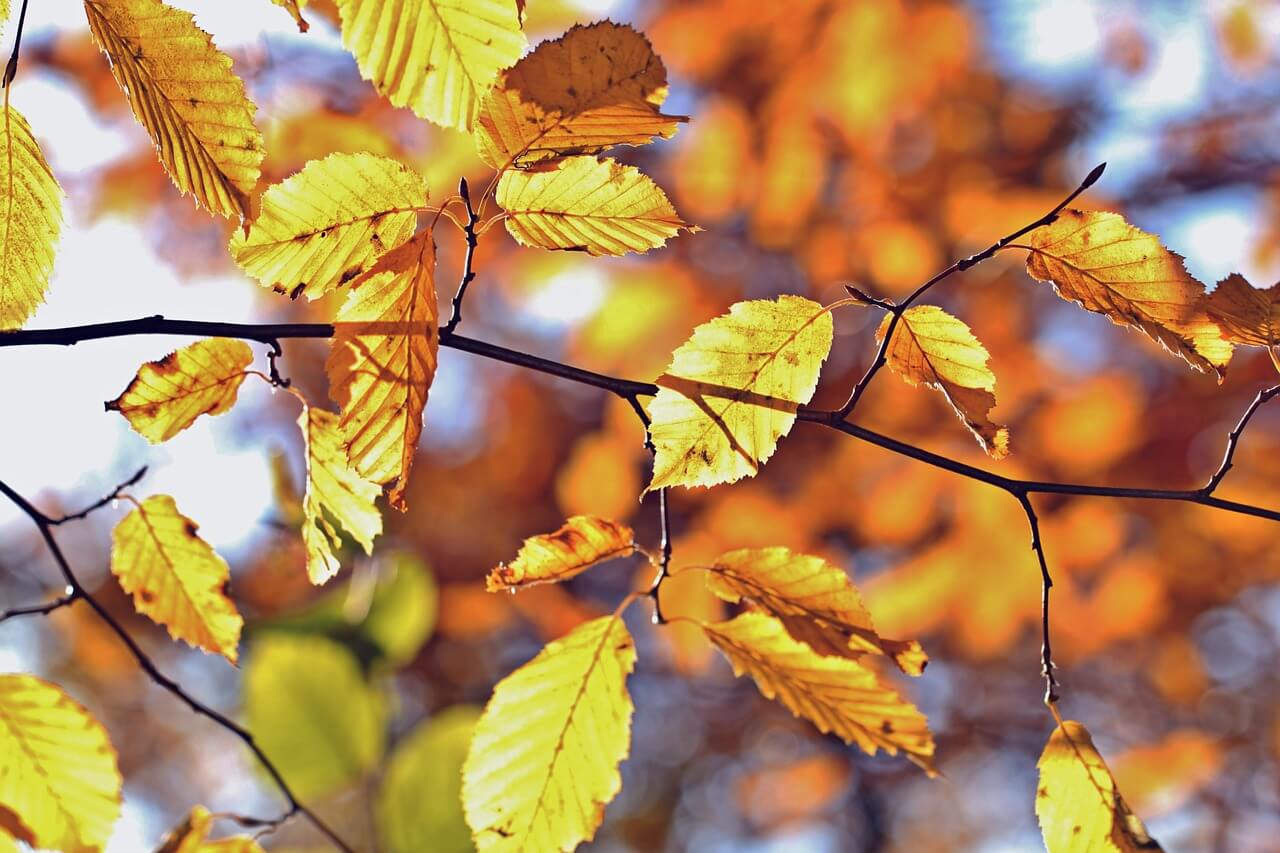As a general rule, planning ahead for your landscaping needs is always a smart way to approach each season. Spring ushers in new growth, flowers, and lush green landscapes, but only if it is properly tended to in the months leading up to it. Take the time this winter to assess your full landscape, including trees, shrubs, beds, and more, to determine what will need work in the early part of spring as opposed to the normal maintenance you should expect.
Pruning Trees and Shrubs
Freezing temperatures can eliminate some of the winter trimming or pruning. There are times, however, where pruning during the winter can promote growth in your tree come spring. Instead of digging into winter pruning yourself, assess what needs to be addressed in your shrubs or smaller trees. Gauge the shape that you desire for the plants and make mental notes, or even mark branches or limbs that you think might need to be trimmed in the future. Take time with these tasks and ensure that the following week you also see the need for the same cuts to be made. When it comes time to prune, you will have nothing holding you back and no preparation needed.
Buds and Bulbs
Did you mark the placement of your bulbs before the snow hit? If not, you might be at the mercy of waiting for the spring flowers to pop up before planting anything new. If you do have placements of the bulbs intact, take a photo or mark them more obviously to carry you through to the spring season. When it comes time for planting new bulbs to enhance your current flowerbed, you will be happy to have the confidence you aren’t digging up anything planted previously.
Checking On Mulch
After any heavy snow or rain, it is a great idea to check on your mulch and be sure it is still in place. Mulch will decompose to some degree over time and waters can sweep it away from its intended placement, so take a look once the snow has mostly melted to see if you have proper amounts of mulch in your garden or around your trees and shrubs. Generally you should have around 2 inches of mulch, but more can be ok with cold temperatures as long as your plants are able to get enough hydration and sunlight.
Clear Your Gutters
While most homeowners consider gutter cleaning as something unrelated to your landscape, it can have a heavy effect on things if not tended to properly. Water runoff from snow can be high in volume, which can provide too much water to some of your plants beneath. Take a look at the setup of the water flow as the snow melts and check the moisture levels in the soil around it. If you have plants which are subject to this flow of water, consider redirecting the gutter’s water elsewhere. With too much moisture, some soil and plants can freeze and severely damage the root system of the plant or tree.
Have additional questions about early spring maintenance? Let our team assist in getting you prepared for the blooming season ahead. Call American Arbor Care today to schedule an estimate and get a head start on your landscape design today!



